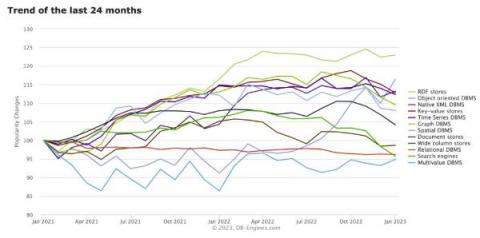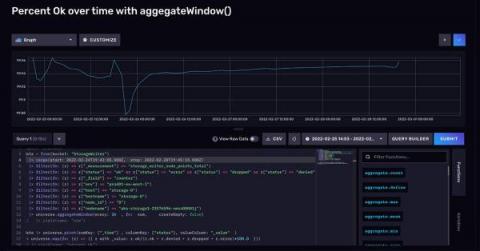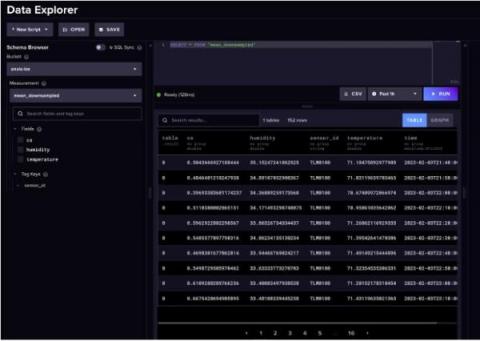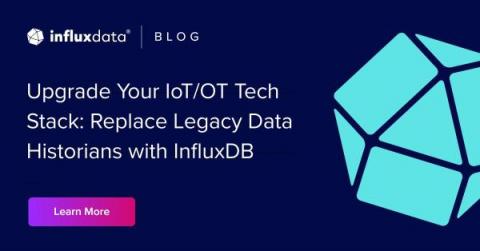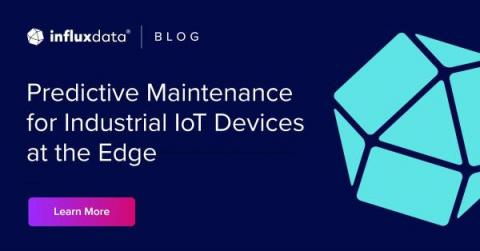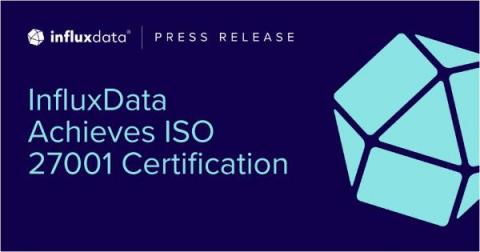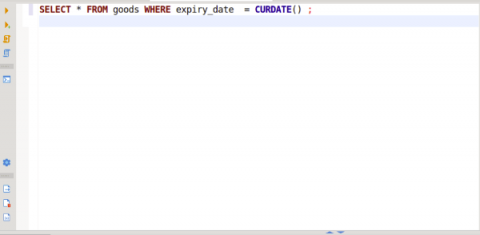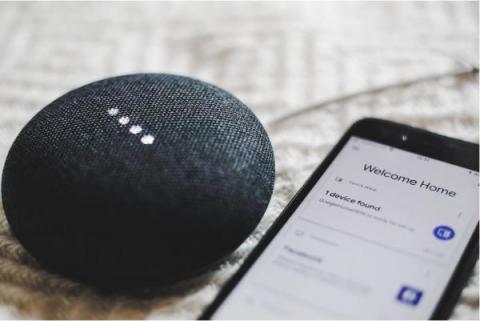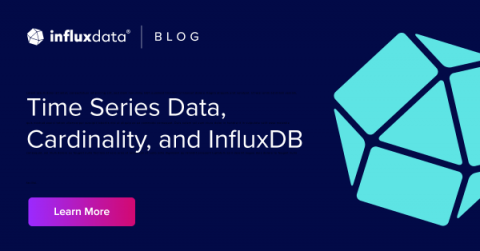How to Choose the Right Database in 2023
Databases are often the biggest performance bottleneck in an application. They are also hard to migrate from once being used in production, so making the right choice for your application’s database is crucial. A big part of making the right decision is knowing what your options are. The database landscape has been changing rapidly in the past few years, so this article will try to simplify things for you by going over the following topics.


